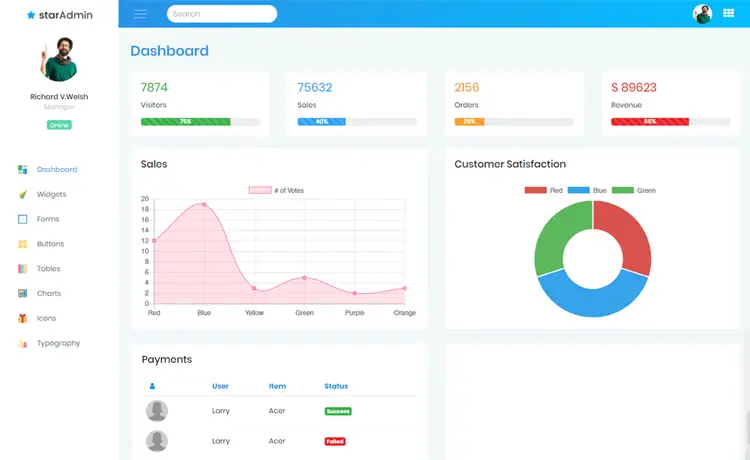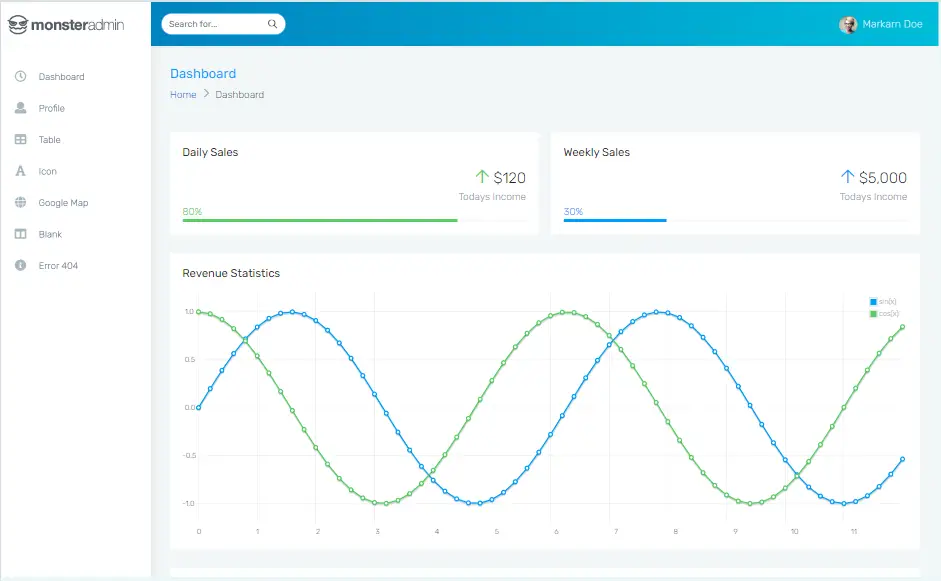Removing Specific Query String Parameters from a URL in C#
By Tan Lee Published on Jan 10, 2025 954
Below, we explore two different methods for removing query string parameters from a URL: one using a negative list (parameters to remove) and the other using a positive list (parameters to keep).
Removing Parameters Using a Negative List
This method allows you to specify the parameters you want to remove from the URL. Any parameters not included in the list will remain intact.
using System;
using System.Linq;
using System.Web;
namespace MyApp
{
public static class UrlExtension
{
public static string RemoveQueryStringsFromUrl(this string url, string[] keys)
{
// Ensure the URL contains a query string
var uri = new Uri(url);
var querystrings = HttpUtility.ParseQueryString(uri.Query);
// Remove specified keys
foreach (var key in keys)
{
querystrings.Remove(key);
}
// Rebuild the URL with the remaining query parameters
var newQuery = querystrings.Count > 0
? "?" + string.Join("&", querystrings.AllKeys.Select(k => $"{k}={querystrings[k]}"))
: string.Empty;
return uri.GetLeftPart(UriPartial.Path) + newQuery;
}
}
}Usage
string url = "https://example.com/page/?id=1&p=2";
string urlWithoutP = url.RemoveQueryStringsFromUrl(new string[] { "p" });
string urlWithoutParams = url.RemoveQueryStringsFromUrl(new string[] { "p", "id" });
// Results:
// https://example.com/page/?id=1
// https://example.com/pageIn the example above, the RemoveQueryStringsFromUrl method removes the p parameter from the URL, leaving only id=1. If both p and id are removed, the result is the URL without any query string.
Removing Parameters Using a Positive List
This method is slightly different it works by specifying which parameters should remain in the URL. All other parameters not included in the allowed list will be removed.
using System;
using System.Linq;
using System.Web;
namespace MyApp
{
public static class UrlExtension
{
public static string RemoveQueryStringsFromUrlWithPositiveList(this string url, string[] allowedKeys)
{
// Create a Uri instance to parse the URL
var uri = new Uri(url);
// Parse the query string
var querystrings = HttpUtility.ParseQueryString(uri.Query);
// Remove any keys that are not in the allowed list
foreach (var key in querystrings.AllKeys.Except(allowedKeys))
{
querystrings.Remove(key);
}
// Rebuild the URL with the allowed query parameters
var newQuery = querystrings.Count > 0
? "?" + string.Join("&", querystrings.AllKeys.Select(k => $"{k}={querystrings[k]}"))
: string.Empty;
// Return the final URL with the remaining query parameters
return uri.GetLeftPart(UriPartial.Path) + newQuery;
}
}
}Usage
string url = "https://example.com/page/?id=1&p=2";
string urlWithOnlyId = url.RemoveQueryStringsFromUrlWithPositiveList(new string[] { "id" });
string urlWithOnlyP = url.RemoveQueryStringsFromUrlWithPositiveList(new string[] { "p" });
// Results:
// https://example.com/page/?id=1
// https://example.com/page/?p=2Here, the RemoveQueryStringsFromUrlWithPositiveList method ensures that only the id parameter remains in the URL, and any other parameters, such as p, are removed. If you want to keep only the p parameter, you can pass new string[] { "p" } as the allowed keys.
These two methods provide a flexible and safe way to remove query string parameters from URLs in C#. You can either specify which parameters to remove (negative list) or which parameters to keep (positive list).





